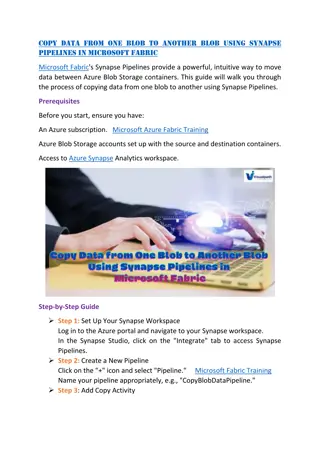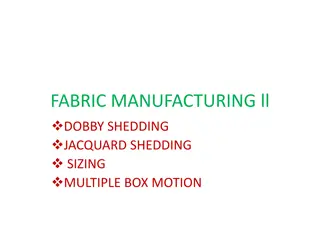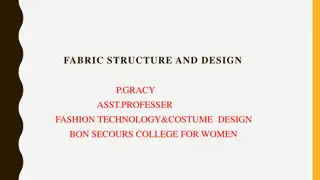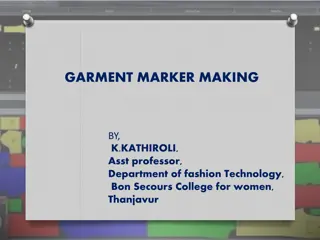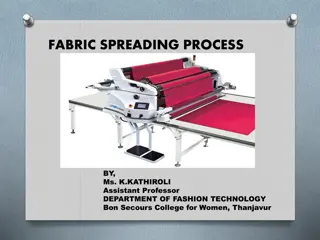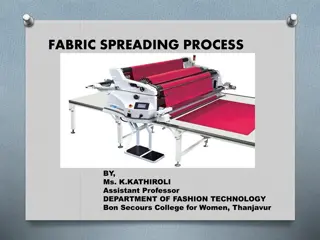Understanding Dobby Shedding in Fabric Manufacturing
Dobby shedding is a crucial technique in fabric manufacturing, allowing for the creation of intricate designs and patterns. This process involves the use of a shedding device attached to a loom to produce small motifs. Dobby systems offer a wide range of design possibilities, including Twill, Satin, Crepe, and more. Contrasting dobby and tappet shedding methods reveal the complexities and advantages of each. Further classification of dobby shedding into lever and cam, right-handed and left-handed, single lift and double lift, positive and negative, provides insights into the intricate workings of this technique. Understanding negative and positive dobby sheds light on their applications in producing different fabric weights. The distinction between left-handed and right-handed dobby sheds and the variations in single lift and double lift dobby systems further highlight the nuanced nature of dobby shedding in the textile industry.
Download Presentation

Please find below an Image/Link to download the presentation.
The content on the website is provided AS IS for your information and personal use only. It may not be sold, licensed, or shared on other websites without obtaining consent from the author. Download presentation by click this link. If you encounter any issues during the download, it is possible that the publisher has removed the file from their server.
E N D
Presentation Transcript
FABRIC MANUFACTURING ll DOBBY SHEDDING JACQUARD SHEDDING SIZING MULTIPLE BOX MOTION
DOBBY SHEDDING What is dobby? A dobby is a shedding device attached to a loom for producing a variety of small motif.
Design Possibilities of a Dobby System Twill Satin Crepe Honey Comb Huck-a-Back Mock leno Bedford Cord Double Cloth
Difference between dobby and tappet shedding Dobby shedding is complicated than tappet shedding. A dobby can produce small motifs using many more heald shafts up to maximum of 40. A dobby loom consumes more power. A dobby loom cannot be worked at high speed because of high speed machine vibration and excessive friction between moving parts. Tappet shedding is simple and cheap in construction. Tappets produce simple and basic designs using a maximum of only eight heald shafts. A tappet loom works efficiently and consumes less power. A tappet loom can be run at high speed with less machine vibration.
Classification of dobby lever and cam, right hand and left hand, single lift and double lift, positive and negative.
NEGATIVE AND POSITIVE DOBBY A NEGATIVE DOBBY activates the heald shafts in one direction only , that means the upward or downward movement of the heald shafts. The reverse direction is done by using some additional device like dead wt., spring elastic bands etc. A negative dobby is used for producing light or medium weight fabrics like cotton, silk or synthetic. A POSITIVE DOBBY activates the heald shafts in both the directions , upward and downward . It is used for producing heavy fabrics like woollen and worsted .
LEFT HANDED AND RIGHT HANDED DOBBY A RIGHT HANDED DOBBY is the one which is placed at the left side of a right hand loom. It gets its drive from the left hand end of the loom. A LEFT HANDED DOBBY is the one which is placed at the Right Hand end of a Left Hand Loom . It gets its drive from right hand end of the loom.
SINGLE LIFT AND DOUBLE LIFT DOBBBY In a Single Lift Dobby the selection of hooks takes place once for every pick. Each heald shaft has its own individual hooks that can be used for raising the heald shafts . The single lift dobby is generally used in the weaving of silk and rayon fabrics and also certain gauge fabrics. In this dobby the weft is beaten up in a closed shed which is essential for silk weaving because it ensures minimum friction in the warp.
Characteristics of single lift dobby are It forms bottom closed shed. The weft is beaten up in closed shed. Each heald shaft is controlled by its individual hooks in every picks. Drive from the crank shaft of the loom activates the dobby.
Characteristics of double lift dobby are- A double lift dobby forms an open shed. The weft is beaten up in crossed shed. Each heald frames are controlled independently by pairs of hooks, one at the top and other at the bottom. Drive from the bottom shafts of the loom activates the dobby.
Comparison of Single Lift Dobby and Double Lift Dobby SINGLE LIFT DOUBLE LIFT The dobby operates once in every pick. The Dobby is connected to the crank shaft. A single lift dobby gives a stationary bottom closed shed. A double lift dobby operates once for every two picks. The Dobby is connected to the bottom shaft. A double lift dobby gives an open shed Double lift dobby system operates faster with less wear and tear and less vibration of the parts. Double lift dobby is used for weaving cotton fabrics. The Single lift dobby is very slow and causes more wear and tear and vibration of the machine parts. Single lift dobby is used for producing light and medium weight fabrics like Silk, Rayon, etc. and also for special fabric like gauge.
Advantages of double lift dobby over single lift dobby. In a double lift dobby all the moving parts are involved in a series of movements during which two successive picks are inserted. Hence the time available for selecting any given hooks is twice that available in single lift system. A shed is produced in less time than in single lift dobby and with the least amount of strain on the warp. There is less wear and tear of working parts in double lift dobby than single lift. The rising and falling healds work in better equilibrium in a double lift dobby system.
CLIMAX DOBBY Climax dobby can be classified as a horizontal, negative, double-lift, double jack, lever dobby. It is placed at one end of the loom at a suitable height for the conventional handling by the weaver.
Timing and setting of climax dobby 0o-360o Healds are level, the draw knives on the middle position, t lever will in horizontal position. 150o-210o- Heald shafts are stationary, shed is open, one arm of the t-lever is outside and other arm is inside extremely. 180o- The shed is open, the bottom shaft, crank or L-lever is in top or in bottom centre. 210o-150o- It is the change period of heald shaft.
DEFECTS OF DOBBY A defect related to all the dobby system and a common defect is Jack Missing. It is the failure of a heald shaft to lift as and when required. When Jack Missing occurs the weft may be seen as a float yarn running across the warp and gives rise to a fabric defect called stitching.
Advantages of modern cam dobby The elements of a cam dobby constitute a precise assembly of moving parts that work smoothly and accurately. They work with much less vibration than those in a climax dobby. The dobby is placed at one side of the loom and hence allows maximum light on the fabric. The problem of oil drops falling on the cloth, found commonly in the climax dobby is not encountered in a modern cam dobby. In modern cam dobby systems the drive is derived from the crank shaft by mean of a suitable reduction gear arrangement like a chain sprocket or a bevel and bevel wheel combination, an arrangement that makes for smooth running.













